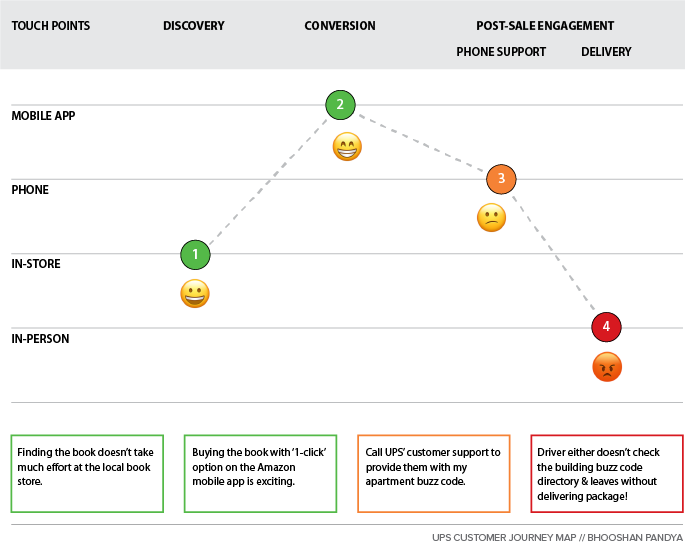On January 23, we lost one of our finest innovation thinkers and scholars, and an icon whom I have revered and admired deeply. I’m referring to the passing away of Prof. Clayton M. Christensen, 67, Harvard Business School professor and the father of the theory of “disruptive innovation” from complications of leukemia. The closest that I’d come to associate myself with the legendary business consultant was during my rather prolonged tenure at Tata Consultancy Services he was serving as an Independent Director enabling the company to achieve greater success globally 1, a position which he held from January 2006 until September 2018. It’s a terrible loss no doubt, but I wanted to personally pay a tribute to “Clay” and remember him through one of his famous theories on “Jobs to be Done” which not only has roots in innovation but also consists of insights for customer experience strategy.
To begin with, in 2007, Christensen popularized the phrase “Jobs to be Done”. In an MIT-Sloan Management Review article, he summarized the peculiar nature of innovation that is steeped in demographical data in the following words:
Continue reading…Most companies segment their markets by customer demographics or product characteristics and differentiate their offerings by adding features and functions. But the consumer has a different view of the marketplace. He simply has a job to be done and is seeking to “hire” the best product or service to do it. Marketers must adopt that perspective. 2


